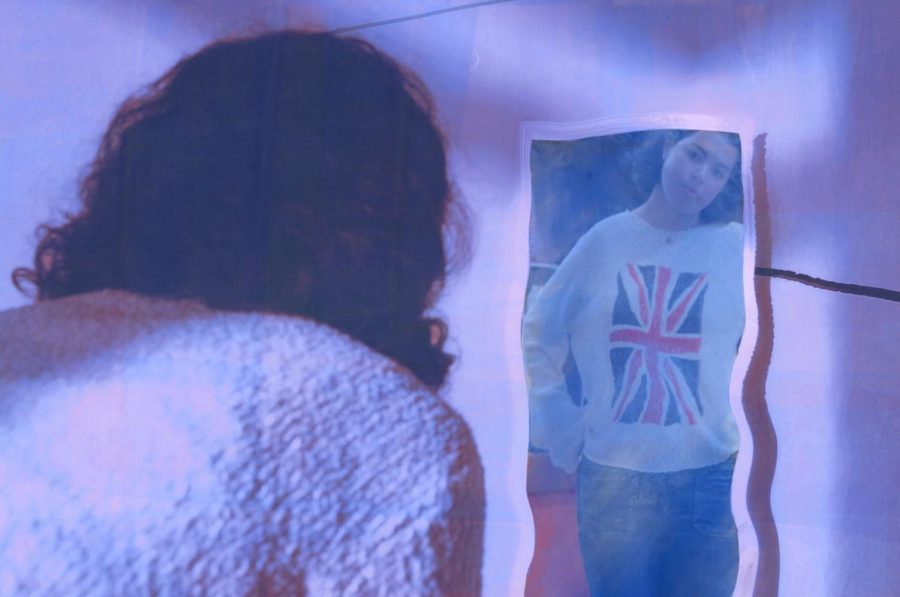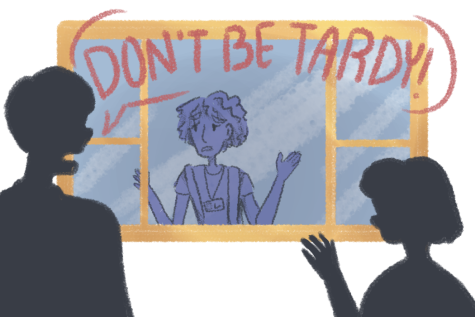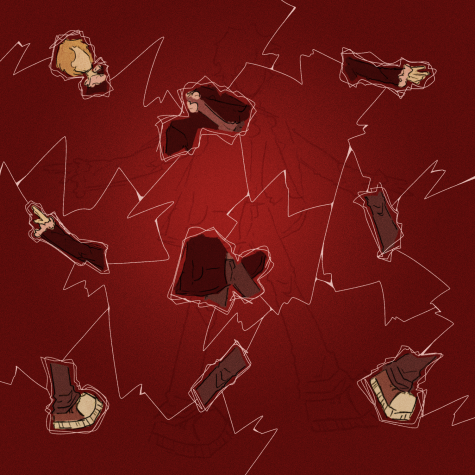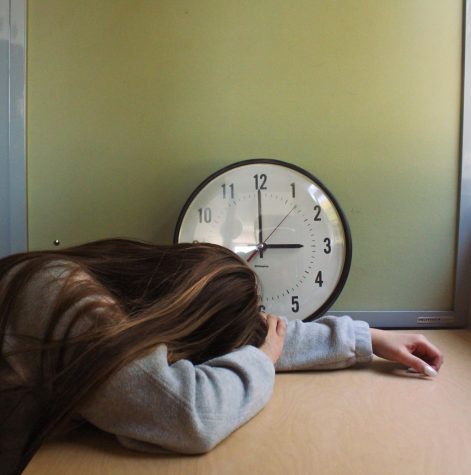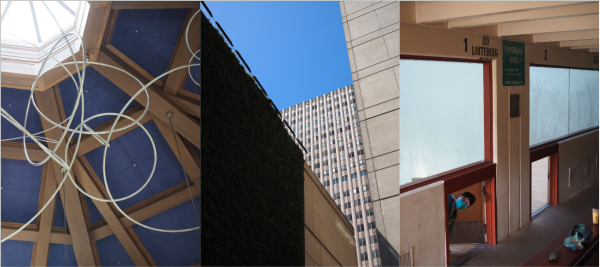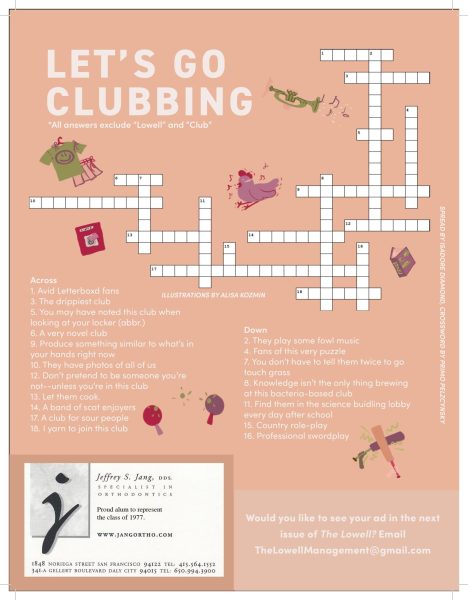Deconstructing the feminine mold
It was the first day of third grade at my new school. I decided to sport my usual attire: basketball shorts and a t-shirt. My mom examined me, and then asked me to change into something a little “girlier.” I reluctantly agreed; the first day of school was a special occasion after all. I decided to put on a bright violet blouse, but kept the basketball shorts on the bottom. My mom eyed my fashion choices, but didn’t protest further.
Beginning in childhood we are given certain roles, certain molds, that we must fit into. Boys are generally expected to be strong, aggressive, and bold, while girls are expected to be polite, feminine, and neutral. But as a kid, it was clear I fit neither mold. I was a girl who always wore “boy clothes,” and played lots of sports. Since childhood, I have realized the persistent notion of an ideal girl, a “feminine mold,” that I needed to fit into in order to gain others’ validation and respect. The truth is, the feminine mold is nothing more than a changing, impossible construct.
The feminine mold is nothing more than a changing, impossible construct.
When I entered my third grade classroom and looked at the girls around me, I realized just how different I looked. The only girl who seemed to dress similar to me was named Maddie. She flaunted a half-shaved haircut and basketball shorts down to the knees. She approached me in art class that day and actually spat on her hand, extending it out to me. Was this some sort of bond I was forced to have, since Maddie thought we were equal? I didn’t dare to be as much of an outcast, yet few people were coming up to me and introducing themselves. I hated the painfully awkward question of, “So, are you a boy or a girl?’’ I decided I had to change, and that first day of third grade would kick-start my assimilation into the girl world. Slowly, my wardrobe became more and more feminine. No more were the baggy t-shirts of dinosaurs. Instead, I proudly wore leggings and tank tops and sparkly tennis shoes. As my wardrobe changed, so did my social life — just as I’d hoped. By the end of third grade, I had made new friends, and the basketball shorts I once loved sulked deep down somewhere in my closet, swapped out for skorts and glitter, forgotten.
I looked the part, but in no way did I feel the part. In my head, I still didn’t fit the feminine mold.
Time went on and the basketball shorts became a quirky memento of who I once was. I was now in middle school, yet the feelings I once had of inadequacy, of not meeting a certain requirement of this feminine mold, had begun to stir inside me once more. I still felt insecure in my girlhood, despite the fact that I was conforming more to societal standards than I ever had before. I fit the mold I had in my head five years ago, but that mold had changed, stemming from my friends and I’s discovery of boys. The boys we were having crushes on, the ones we thought were cute, all seemed to eat up more and more brain space. Naturally, the girls around me began to wear more makeup and shop at stores like Brandy Melville. They shared lip gloss and swapped stories of their new boyfriends. However, I felt like I wasn’t “allowed” or “worthy” enough to do those girly things that my friends participated in, due to the fact that so much of my life I had been considered a tomboy, and continued to display those traits with the sports I played, or the large number of male friends I continued to have. I looked the part, but in no way did I feel the part. In my head, I still didn’t fit the feminine mold. I wasn’t like Olivia, for example. She wore crop tops before all the other girls in my grade. Most importantly, in my eyes, she fit the mold. She never said much when boys were around, but we all knew, the boys loved Olivia. Maybe I even loved her a little, too. I would compare myself to Olivia and realize just how different we were. She was more “girl” than I could ever be. She was not smeared with the dirt of masculinity, like how I felt I was.
She was not smeared with the dirt of masculinity, like how I felt I was.
Time passed by, and I was a freshman nervously getting ready for my first day of school. The feelings of flaming inadequacy I had in regards to my femininity had died down, but now shifted to an all-encompassing dilemma: I now hated the way I looked. Yes, I had subscribed to the feminine ideals that seemed to be hammered to the walls of my brain like a poster, but despite the fact that I was conforming to societal standards, I still felt imperfect within the mold. Specifically, that I wasn’t pretty enough or fitting the physical ideals of what a teenage girl should look like. My insecurity only worsened when the expectations of what I should be doing started coming into play. Around sophomore year, my friends had slowly started losing their virginities. I was aghast, and started to wonder why the hell I was still a virgin. What do my friends have that I don’t? Are they better looking than I am? It must be. What’s wrong with me? The only logical reason I could come to was that my friends fit the feminine mold in ways that I could not — and in ways I had been trying to accomplish for years.
I had subscribed to the feminine ideals that seemed to be hammered to the walls of my brain like a poster,
With perfect timing, I had just started going to my first parties. I wanted a taste so badly of whatever sex kool-aid everyone seemed to be drinking from. If I could get a taste, would that mean that I was pretty enough? I would be at these parties and observe the girls who were obviously attracting attention, while silently comparing myself to these girls. How was she talking? What was she wearing? Each difference between her and I seemed to stab me and leave scars for me to grimly note in the morning. I worried my sexual curiosity would never get alleviated if I wasn’t fitting the same mold as these girls were. I had to laugh at every stupid joke. I had to be hot, but not intimidatingly so. I had to be feminine but not to the point that it was pathetic. I now began to live my life in hopes of being just as pretty, skinny, funny, and cool. I believed I had to fit this feminine mold to be desirable, the same way I had aimed to do in elementary and middle school.
It feels like throughout most of my life, the idea of the feminine mold has followed me. It has morphed with age into different constructs, all concerning the way I present myself to the world, and the ways in which I receive validation from others. There has been a persistent notion of the ideal woman I have needed to be and look like, in order to first gain respect from my peers, and as I got older, the people I was attracted to.
I wanted a taste so badly of whatever sex kool-aid everyone seemed to be drinking from.
The truth is, the feminine mold is nothing more than a construct I have built in my head. The ideals we think we need to meet in order to gain another’s adoration or respect, are really just made up. My self-esteem has suffered, and I’ve spent so many nights regretting things I should’ve done or should’ve said, but didn’t because in my head, I wasn’t attractive enough — I wasn’t fitting the feminine mold enough — to be worthy of that sort of validation. When I was younger, I was consumed with embarrassment to be anything other than the “ideal girl”, and would be ashamed of the parts of me that didn’t fit that mold. As I got older, I suffered from how deeply I lacked the confidence to go for the people I really wanted, as I convinced myself that no one could reciprocate my feelings.
The truth is, the feminine mold is nothing more than a construct I have built in my head.
Now, the feminine mold still follows me and continues to incite a feeling of self-doubt, yet I am able to recognize that the feminine mold is merely a concept in my head. I’ve truly grown tired of the way an impossible, forever changing ideal, one that I will never be able to achieve, has controlled and inhibited me from feeling secure and confident in myself. My perspective shifts when I pause and actually examine my life and the people around me: There are people who find me attractive. The mold is just a construct in my head. There is no “ideal” woman or girl. And whenever I try to be that, an “ideal”, it only prevents me from achieving the things I truly want out of life — confidence, understanding, and love. Eventually, I must come to the realization that just because I don’t fit the impossible ideals I have established in my head, it doesn’t make me any less of a woman. It doesn’t make me any worse of a woman, either.
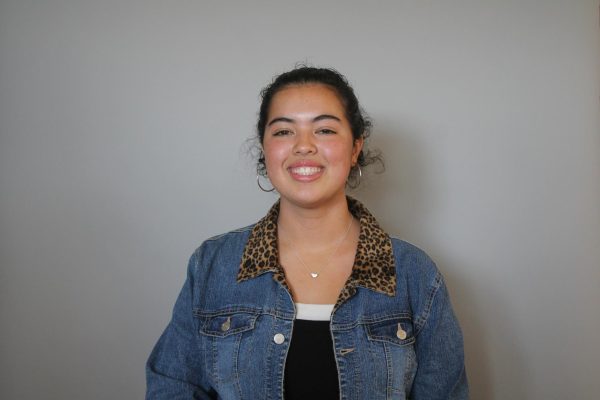
Brooke is a senior at Lowell. Outside of school, she can be found getting burritos with her friends, listening to podcasts, and daydreaming on the bus. Brooke's motto in life is ''do it for the bit''.


